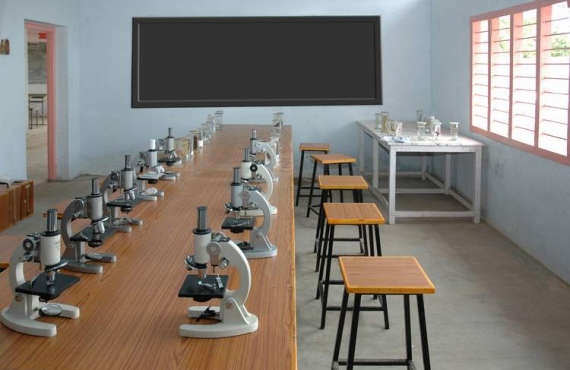Background
You are a well-known researcher working for a top private research company. You have spent 6 months purifying 600 mg of an exciting new protein. This protein appears to play a role in the repair of newly synthesized RNA proteins following treatments that induce physiological stress. This protein is expressed in a wide variety of stressed tissues. This protein is not expressed in unstressed tissues. You have decided to study this protein in depth since it has an interesting function and because you have an abundance of sample isolated.

Experiment #1
You covalently label 100 mg of your experimental protein and 100 mg of your Histone-H2A control protein at the carboxy terminus and the amino-terminus with fluorescein, a fluorescent compound. You microinject samples of each fluorescein tagged protein into a frog oocyte. (One is injected with the experimental protein and the other is injected with the histone H2A control protein.) You measure the distribution of the fluorescence in the oocyte over time, using a state of the art fluorescent microscope with image analysis software, video recorder, a Polaroid camera, and a printer/plotter.
Results of Experiment #1
You find that the fluorescence is distributed in the nucleus with both the control protein and the experimental proteins. You also determine that after 2 hours all of the fluorescence was localized in the nucleus for the experimental protein, but that it took 4 hours for the control protein to completely localize in the nucleus.
Question on Experiment #1
Using what you have learned about nuclear targeting explain the significance of these results for the experimental protein and the control protein.
Possible Answer to Question
It would seem that the nucleus of the oocyte is permeable to our experimental protein, we’ll call it P1 for now, and that P1 is possibly smaller in size than the control protein, H2A, as it moved more quickly into the nucleus of the oocyte than the histone did. It is likely less than 10nm in diameter. It also appears that P1 is preferentially taken up by the nucleus, as is the histone (being a nuclear protein). So we can conclude from this that our P1 protein has its own nuclear signal sequence, although we may need more information to discover the number of signal sequences.
Source:











Comments are closed.